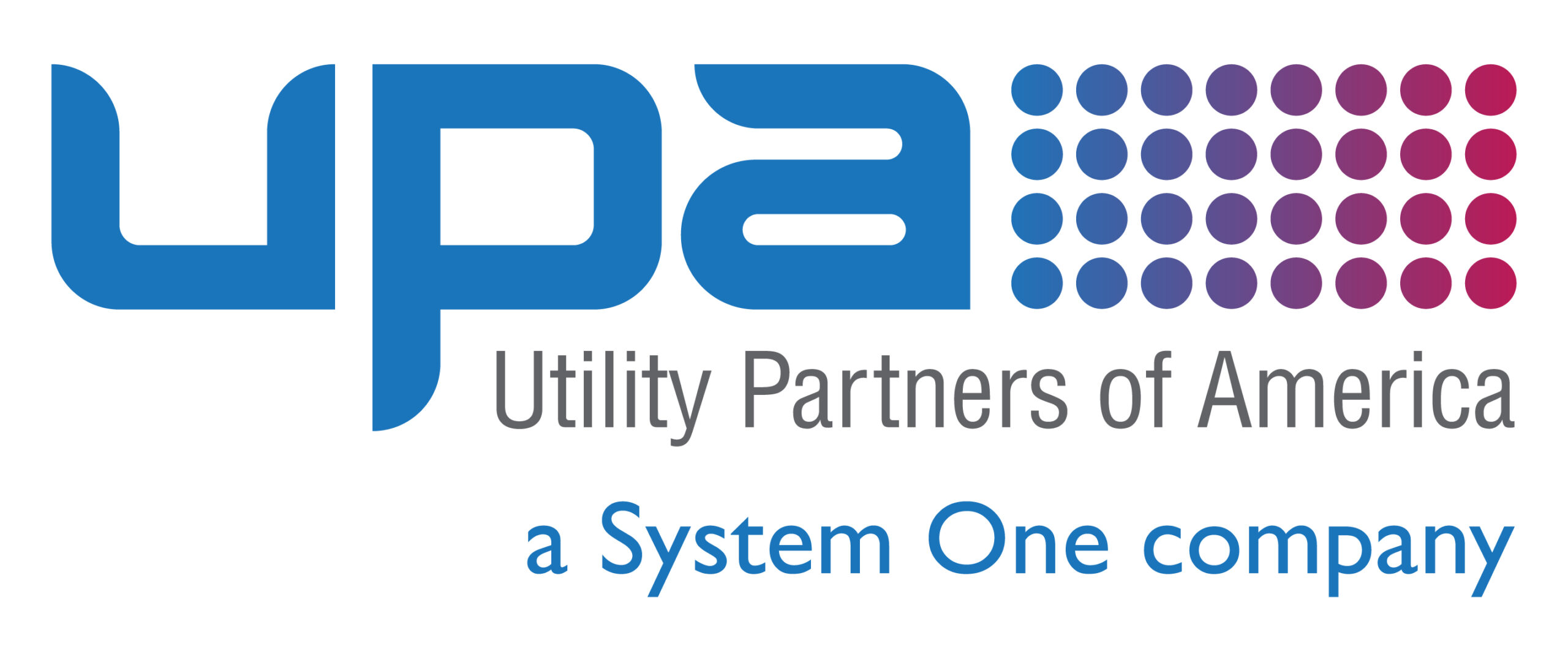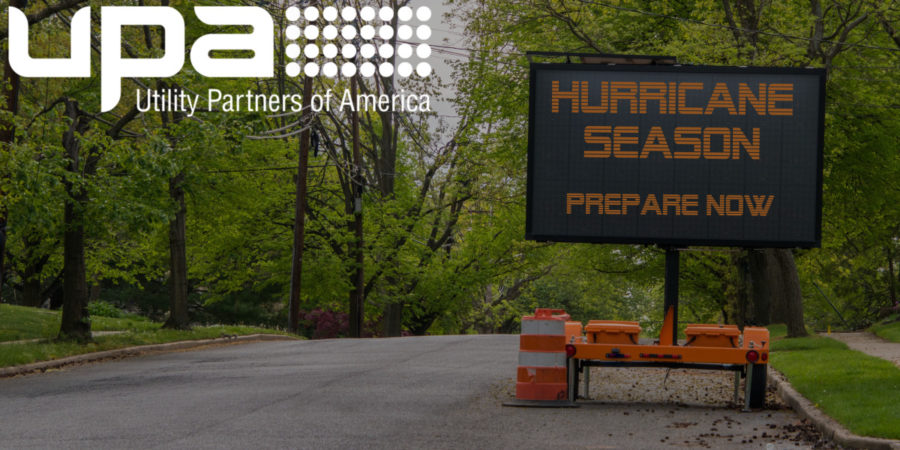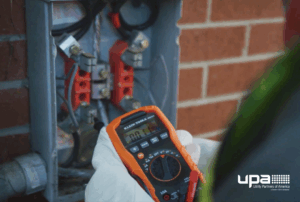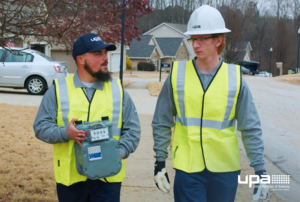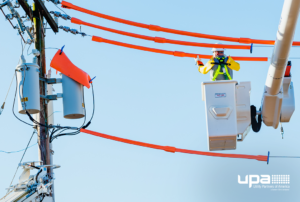For residents in coastal states like Florida, Texas, and Louisiana (and even some farther up the Eastern seaboard) June 1 is a date that’s often circled on the calendar. Why June 1? It’s the start of the Atlantic hurricane season. While the thought of living through hurricane season can be scary, preparation is the best way to reduce risk.
Putting emphasis on hurricane season safety and preparation is imperative with peak hurricane season around the corner. The time is now to focus on safety and awareness. If your utility could use a refresher stormy weather preparation, you might consider incorporating a few of the tips we’ve included below.
Have an emergency kit at the ready
There’s nothing worse than being caught flat-footed and unprepared. It’s a good idea that all employees have access to an emergency kit stocked with essentials. The contents are up to you, but some items to include are battery-operated weather radios, personal protective equipment (PPE) like safety glasses, flashlights, and first aid kids. If you’re curious, Ready.gov has a comprehensive list for basic disaster supplies kit.
Related: Why Your Utility Needs A Contingency Plan
Watch the forecasts
While access to an emergency kit is important, it’s only useful during an actual storm or hurricane. Preparation ahead of time means keeping an eye on the forecast and watching the sky for sudden changes in weather. Closely follow the path of approaching storms and know that it’s not unusual for thunder and lightning to occur in a hurricane’s outer bands. According to the National Weather Service, “there is no safe place outside during a thunderstorm.” To stay safe, employees should steer clear of tall objects like trees and power poles and open structures like patios.
Be aware of hazards
Utility workers are some of the first people dispatched after a storm rolls through, especially if the weather has caused infrastructure damage. As such, workers should always be aware and cautious of any potential hazards. Electrical concerns, fallen trees, and debris can make a seemingly safe environment dangerous in a hurry. Workers should never knowingly walk in water they can’t see, and if they are using a generator, ensure it is a minimum of 20 feet from any doors or windows. The Occupational Safety and Health Administration (OSHA) has developed a Hurricane eMatrix tool that provides recommendations for PPE and best practices for working safely when cleaning up after a storm.
Related: OSHA and Beyond: Keep Employees Safe in the Field
Create a plan and stick to it
As we mentioned earlier, proper preparation is everything when storms are approaching. All utilities should have a detailed emergency plan that covers roles, responsibilities, and a project lead for each department. But creating a plan is only half the battle if you want your employees to be comfortable executing it. You’ll need to run through it several times under normal conditions as practice. Again, OSHA can help here with its online Evacuation Plans and Procedures eTool.
Related: Storm Response Planning: Four Tips
Keeping your employees safe before, during, and after a hurricane is paramount. Utility Partners of America (UPA) can help your utility to assess emergency preparedness. To learn more about what we do and how to better prepare your workers for hurricane season, contact us or call (888) 667-1411 today.
